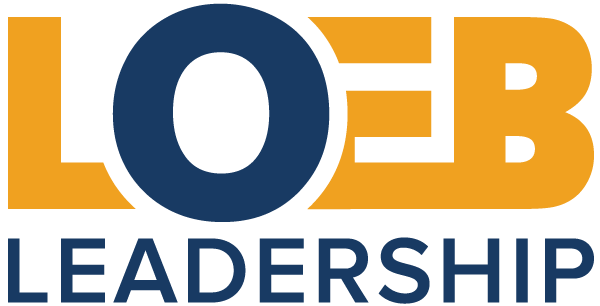The Business Case for Investing in Workplace Culture and Manager Development
The Business Case for Investing in Workplace Culture and Manager Development
A Case Study
Background
The CEO of one of our client organizations reached out to us because she was concerned about the increasing number of employees who were voluntarily leaving the organization. The HR metrics showed 17% annual voluntary turnover, up from 14% the previous year. The industry standard is 9%. She was struggling to make sense of the departures. The firm invested heavily in the vetting of candidates during the hiring process, and employees were compensated generously. She had even recently approved a flexible work schedule and an increased public transit subsidy, acknowledging the diversity of her employees’ needs. Still, turnover remained high.
In the discovery meeting, we asked the CEO what actions she had taken to better understand the root cause of the turnover. We learned that she checked her assumption that people were compensated generously by requesting HR to benchmark salaries against market standards. HR determined that the organization’s employees were, in fact, paid slightly above market standards for similar roles. Compensation did not appear to be a driver of the turnover.
She was anxious to try and solve the problem and suggested we quickly conduct an engagement survey to gather employee insights. We advised that it would be best to take a step back and consider another, more effective approach to identifying the root cause of the problem.
Key Findings and the Interventions
The Loeb Leadership team settled on three actions: implement exit interviews, facilitate focus groups with employees, and conduct individual interviews with the senior leaders. These actions yielded three key findings:
The predominant cultural norms within the organization (expectations, behaviors, and activities that distinguish the organization and help to guide the work) favored technical expertise over the ability to establish strong relationships.
The people managers within the organization were ill-prepared to manage. They were often rewarded for their mediocrity through the organization’s performance management process and compensation structure.
Senior leaders were more focused on personal goals and accomplishments rather than preparing the future senior managers for leadership positions.
In addition to uncovering these issues, we also provided the CEO with an estimate of the cost of the current turnover and manager ineffectiveness. It totaled $414,000 (calculation details provided at the end of the case study).
The Solution
Our client agreed to pursue three interventions:
The establishment of a clearly defined, aspirational culture that valued and rewarded both technical expertise and relationships.
Management training for all people managers.
The creation and implementation of a manager scorecard to measure manager effectiveness. It included measures that tracked employees’ perceptions of trust, respect, morale, fairness, and engagement, in addition to technical metrics.
The Results
At the 6-month mark:
Voluntary turnover was 17.5% YTD, consistent with the baseline.
The average manager score was 65 out of 100.
At the 12-month mark:
Voluntary turnover was 13.8% YTD, still higher than industry average but lower than the previous 12 months.
The average manager score was 69 out of 100.
At the 24-month mark…
Voluntary turnover was 11.5% YTD.
The average manager score was 76 out of 100
We estimated that the results after 24 months reflected a 35% reduction in the cost of the turnover and manager ineffectiveness—a $146,000 in savings (see calculation details at the end of the case study).
Cost and Savings Calculation Details
Costs
We knew that, on average, 12 people voluntarily left the organization each year. The organization’s own HR data showed that the cost of replacing one employee was $22,000, which translated to a net cost of $264,000 each year (12 x $22,000).
Based on widely published research, we knew that 30% of the value of an ill-prepared manager’s salary is lost each year due to ineffectiveness. Using the average base salary for a manager role within the organization, we estimated the annual cost of ineffectiveness to be $480,000. However, because the costs associated with voluntary turnover were factored into the 30%, we removed that amount from this calculation to yield an annual net loss of $150,000. So, the combined costs to the organization for turnover and manager ineffectiveness were $414,000 ($264,000 + $150,000).
The Savings:
The reduction in voluntary turnover of 6 percentage points over the 24-month period translated into net savings of $88,000 (4 less people left x $22,000 each that wasn’t spent on their replacement).
We used the manager’s baseline score as the threshold at which 30% of their base salary would be lost due to ineffectiveness. We then set 90 as the score at which the manager’s ineffectiveness cost would be zero. Using the delta between the average baseline score and the average score after 24 months, we were able to quantify the cost savings at $58,000.
In total, the organization reduced costs associated with the original problem by $146,000 per year ($88,000 + $58,000).
If you are interested in learning more about the custom culture and manager development solutions we create and implement for organizations, please reach out. We would be happy to arrange for a complimentary discovery call.
